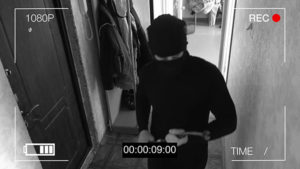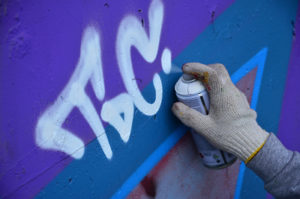Theft or Vandalism Loss Recovery
 While most theft and vandalism claim adjustments are similar to other losses, there are some unique aspects of this type of adjustment that necessitate particular attention and expertise. At Sabel Adjusters, we have the know-how to guide you through the complex and often time-consuming process of theft and vandalism claims for either your business or your home.
While most theft and vandalism claim adjustments are similar to other losses, there are some unique aspects of this type of adjustment that necessitate particular attention and expertise. At Sabel Adjusters, we have the know-how to guide you through the complex and often time-consuming process of theft and vandalism claims for either your business or your home.
Once a theft and vandalism claim has been submitted to the insurance company, a number of follow-up questions are usually posed. First, the insurance company wants to be sure that a theft/vandalism actually occurred, and that the policyholder actually owned or possessed the items that are claimed to have been stolen. Additionally, they need to know whether there was any additional damage to property related to the theft/vandalism, such as broken windows, locks, doors, or equipment.
Most theft/vandalism events are verified and corroborated by official police reports, which are used by the insurance company to both substantiate the theft/vandalism event and to support in any subrogation they may pursue in the future. Thus, it’s absolutely imperative that an official police report be filed in the aftermath of a theft or vandalism. You should be sure that the list of items stolen in the police report is accurate. If you discover that any additional items were stolen/vandalized that were not included in the initial report, make sure you update the police report and inform the insurance company that a supplemental police report has been filed.
Insurance companies rely heavily on the policyholder’s own documentation to verify ownership and value of the items in question. This documentation could include photos, receipts, credit card statements, videos, appraisals, or insurance policy endorsements. Any and all documentation should be submitted to help validate the claim for theft/vandalism with your insurance company.
How can we be of service to you?
 In the case where no ownership title or documentation can be provided, most insurance companies will resort to an examination of the insured under oath, which may also be referred to as EUO. In addition to such an examination, the insurance company may solicit financial documentation from the insured to ascertain a basis of ownership. In some cases, the insurance company may even request tax returns or other documentation to establish that the person had the income and lifestyle for the items they claim as stolen.
In the case where no ownership title or documentation can be provided, most insurance companies will resort to an examination of the insured under oath, which may also be referred to as EUO. In addition to such an examination, the insurance company may solicit financial documentation from the insured to ascertain a basis of ownership. In some cases, the insurance company may even request tax returns or other documentation to establish that the person had the income and lifestyle for the items they claim as stolen.
As most insurance policies contain limits or exclusions for a certain scope of items related to theft/vandalism, a detailed evaluation and review of the insurance policy is often necessary. In many cases, certain items must be scheduled in a policy for coverage or higher limits to apply. Third-party appraisals may be required to schedule items, following which a limit will be set for the amount you will be paid in the event of a theft.
Appraisals can vary greatly, as value may sometimes be subjective. It may be advantageous to ask the insurance company for the name of the company they use if a loss occurs and to go to that company for an appraisal of the scheduled items.
Despite the fact that theft and vandalism are rather commonplace events, they can be some of the most difficult and complicated claims to file and resolve. With Sabel Adjusters by your side, you can avoid the headache that comes with these kinds of losses; let our experts guide you.
Contact Sabel Adjusters about your theft or vandalism loss recovery.
